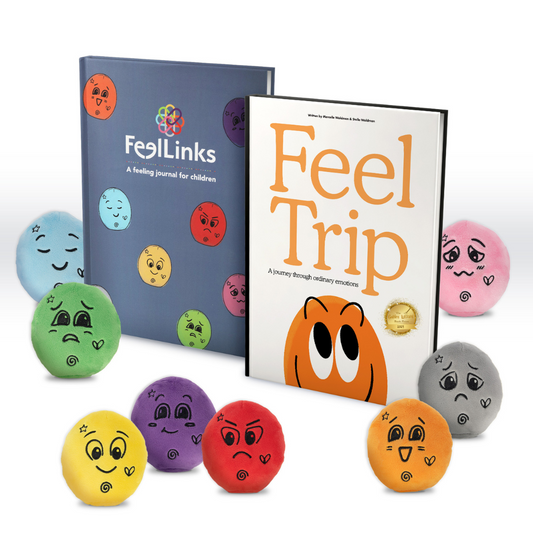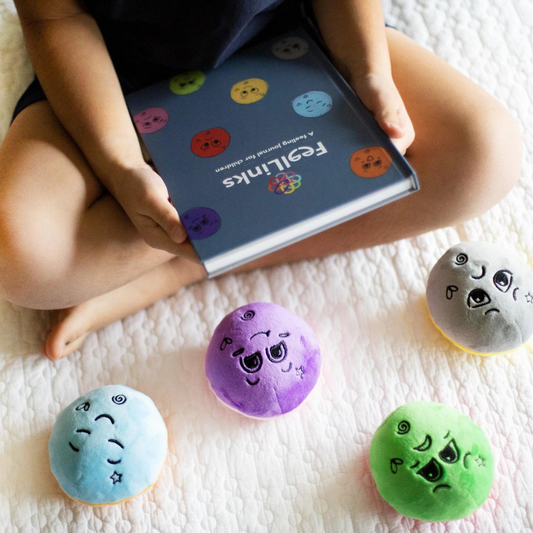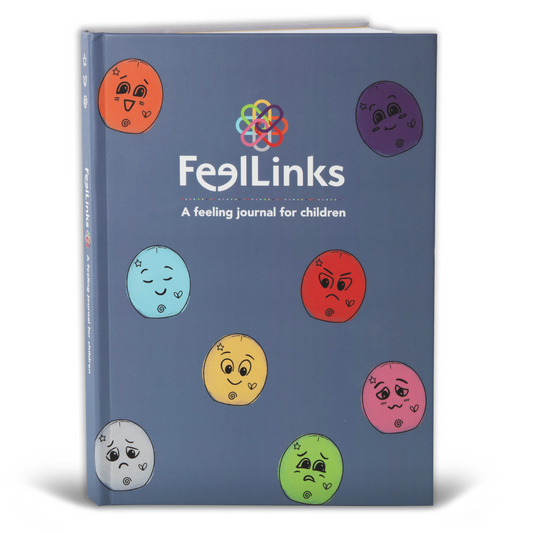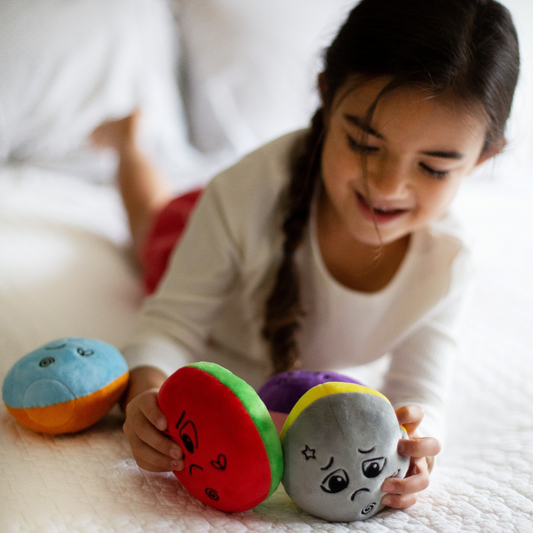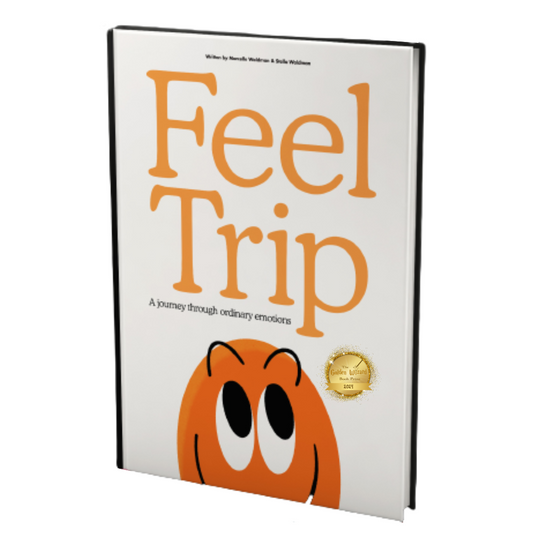Self-Care Practices For Our Children and Youth
Share

I began the week recording another episode of Parenting Upstream, with my friend and colleague, Jerry Blackburn. Our topic this month is on self-care. I will share the link as soon as it's ready to go. Our discussion prompted me to continue on with this topic for today’s blog post. While Jerry and I focused mostly on adult self-care, and dabbled into children’s self-care, here I will discuss children’s self-care more specifically.
It is essential for our children and youth to learn the meaning of self-care, why it’s important, and how to practice it. I believe it is our responsibility as adults, to explain, teach, and model self-care; our children are always watching our actions.
It is best to begin teaching self-care from an early age. This will foster greater self-awareness about their own physical, mental, and emotional needs. We should be teaching and encouraging our children to use healthy coping strategies in hopes they will use them throughout childhood, adolescence, and carry them through adulthood.
Children’s self-care might look different than your own self-care. It will also depend on the child’s age and developmental abilities. For younger children, self-care can begin with allowing them to push through tasks without swooping in to do it for them; helping them build perseverance and self-confidence. From building and rebuilding a tower that continues to fall down, to tying their shoes, zipping up their coat, or brushing their own hair and teeth. For older youth, it’s setting an alarm to wake up in the morning, making their own lunch, and organizing after school time to complete homework. These skills are a great foundation for our children to take initiative in actively caring for themselves. Beyond these skills, we should be teaching our children what to do when they become overwhelmed, exhausted, scared, hungry, overly excited, angry, worried – or any other feeling that has the potential to trigger the need for self-care.
We should be teaching children how to build in breaks and check in with their own feelings. Below are some self-care practices that you can introduce to your child. It’s important to introduce these before your child actually needs them. Teach these techniques when your child is calm and ready to take in new information.
Below, I am sharing a variety of self-care ideas, however the ideas are endless!
Deep breathing- Deep breathing actually increases the oxygen supply to the brain, resulting in a deeper connection to your body, a decrease in blood pressure, an awareness to quieting your mind, and elicits a calming and relaxing response. Bonus! It is free and can be used anywhere!
There are a variety of breath work techniques you can teach children, a few of them include: balloon breaths, box breathing (image for you to use with your child below), rainbow breathing, star breathing, and smell the cake & blow out the candles. Might I suggest you check out the Wondergrade app – a beautiful app that supports children with breathing exercises and more.
Quiet time – Depending on your child’s age and developmental level, quiet time can be together or alone. Quiet time together can look like: reading a quiet book, listening to calm music, resting, looking out the window and taking notice of the colors and sounds they hear, or looking around the room and finding objects for each of the colors of the rainbow. Quiet time alone can consist of things such as: reading, crafting, journaling, listening to music, completing a puzzle, stretching, resting, yoga, watching a show, baking, taking a walk, the list goes on and on.
Journaling – Journaling can help children process feelings that they might not otherwise be able to communicate. Journaling supports greater self-awareness, self-reflection, social growth, self-discovery, and problem-solving. The mental, physical, and emotional health benefits are numerous. Journaling is also a wonderful creative outlet. For children ages 3+, I highly recommend the FeelLinks feeling journal to begin building healthy habits for expressing feelings, communicating feelings to parents, caretakers, educators, counselors and other trusted adults, and to develop a broader emotional vocabulary. (Further information on the benefits of journaling can be found in my blog post: Incredible Benefits of Journaling for Children)
Mindfulness- For this subject, I turn to Tasha Brown, WITHIN Community Manager. Tasha wrote a beautiful blog post: Using Mindfulness To Work Through Your Kids’ (and Your) Big Emotions, where she discusses how to use the mindfulness RAIN practice (Recognize, Allow, Investigate, and Nurture) with your child. I highly suggest you read her post to find out how to implement RAIN with your child.
Labeling emotions – There is great power behind naming our emotions (here is my blog post related to this). Our children experience complex feelings just like we do, but they do not necessarily have the words to describe how they are feeling or how to label them. Once we teach children how their mind and body feel when experiencing different feelings, they are better able to recognize, understand, express, label and manage emotions. Labeling our feelings is an important form of self-care because it allows others to support our needs, allows us to practice self-compassion, and supports us in choosing practical and healthy coping strategies.
Sensory items – Create a special area for your child that has sensory items. These items may include: fidget toys, bubble wrap, stress balls, dried beans, plush dolls (might I take this moment to plug these darling FeelLinks plush dolls🥰), weighted blanket, slime, putty, lollipops, bubble gum, scratch and sniff stickers, Velcro...the list of possibilities are endless. These items can be very soothing to a child that is looking for some self-care, especially when emotions are running high. Eventually, we hope to have our children head to their sensory items as soon as they recognize they are in need of self-care.
Movement – Dancing, running, walking, climbing, jumping, sports skills, “flying to the moon” - there are many wonderful ways to support children in getting some much needed gross motor movement. These movements can bring feelings of joy and happiness, creating silliness, laughter and smiles! A wonderful way for your child to get some self-care.
Getting outdoors – Heading outside for a walk and fresh air is a great self-care strategy. Dr. Marc Brackett talks about taking an “awe walk,” using your senses, being mindful, and sharing gratitude as you walk.
Doing something for others – Sometimes self-care looks like doing for others. Maybe your child enjoys creating cards, fashioning little gifts for grandparents, siblings or neighbors, completing a chore, or baking for community helpers. Doing for others can help us turn our focus, feel fulfilled, and clear our heads.
Arts and crafts- Expressing creatively is something that many children enjoy. Some fun ideas include: drawing, painting, coloring, card making, beading, or constructing with clay. This is a wonderful way for children to practice self-care in doing a preferred activity that brings them calm and happiness.
All in all, these self-care techniques are ways for our children to build in breaks, engage in preferred activities, check in with their own feelings, and clear their minds. I hope that you find these helpful and enjoy trying something new with your child.
With gratitude ~ and a wish for being attentive to your own self-care needs.
 🤍Marcelle
🤍Marcelle


